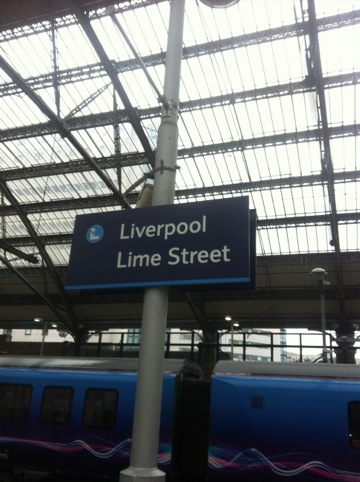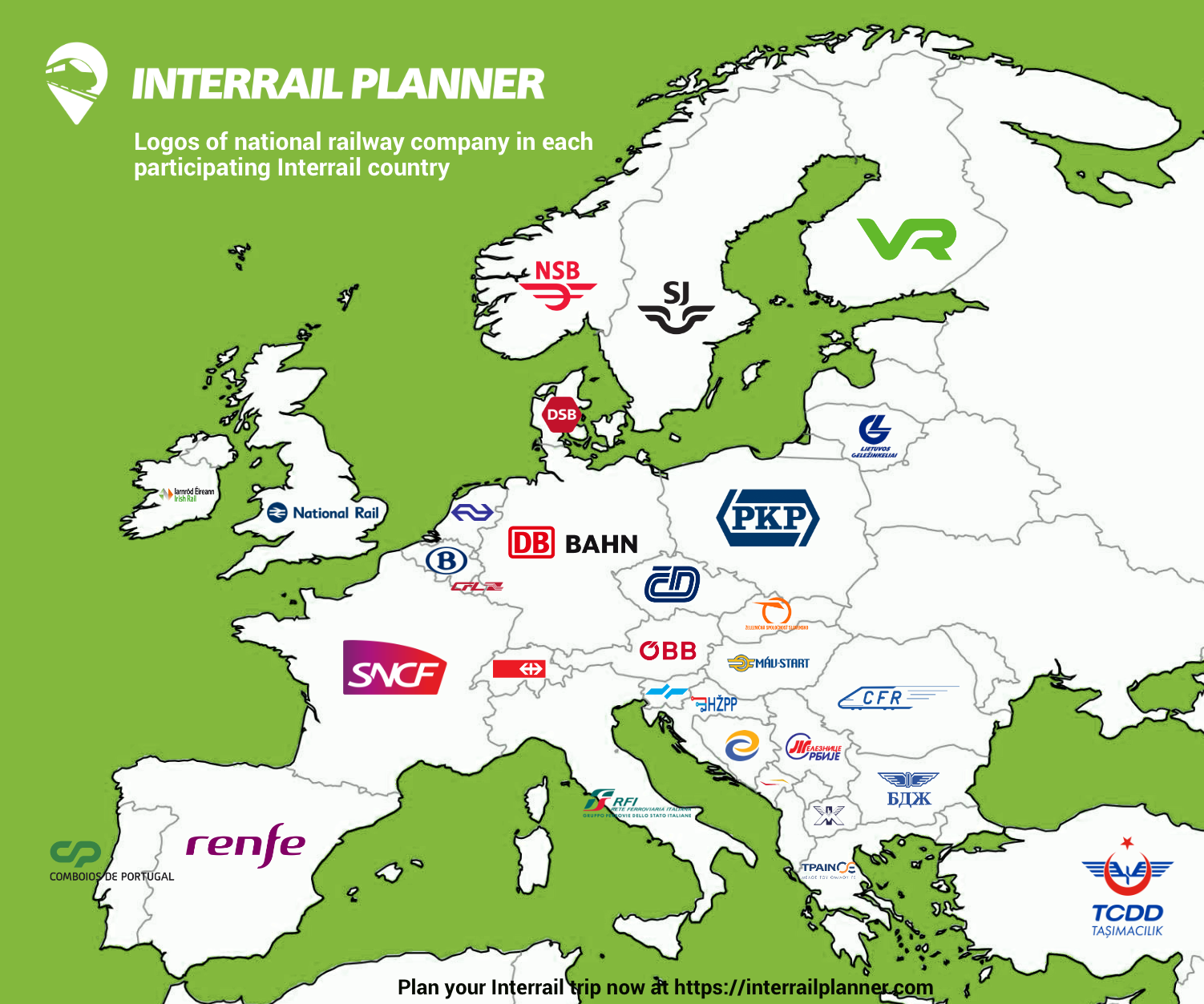Plan Your Next Rail Journey Across Europe With Ease
Europe is famous for its rail system. European countries invest massively in their rail networks, relying on them to transport goods and people across the continent in record time. If it seems as if practically every small town and village has a railway station, that’s because it probably does.

Navigating Europe’s railways, however, can be difficult. They’re a hodgepodge of private and national rail operators, rail lines, and track maintenance companies. When you drill down into the details, the structure of the industry can be confusing.
It’s all the result of the complex political history of the railways on the continent. At first, they were all private, owned, and operated by regular companies. But then governments got involved, and things started to get messy. What was once a simple for-profit business turned into something bureaucratic and political.
Today many countries still retain some element of nationalisation of their railways. More often than not, the tracks are state-owned and then private rail operators provide the carriages. Calling them private enterprise is probably a bit of a misnomer because of the number of government controls and regulations, but the carriages are technically in private hands.
Once you understand the rail system in Europe, however, planning a trip can be a lot of fun. The following infographic is designed to help. It shows all of the national rail operators in the various countries across the continent, hopefully clearing up some confusion.

;Infographic by Interrail Planner>
While it is fragmented, planning a route is across Europe using digital rail planning tools is probably much easier than you think.

















